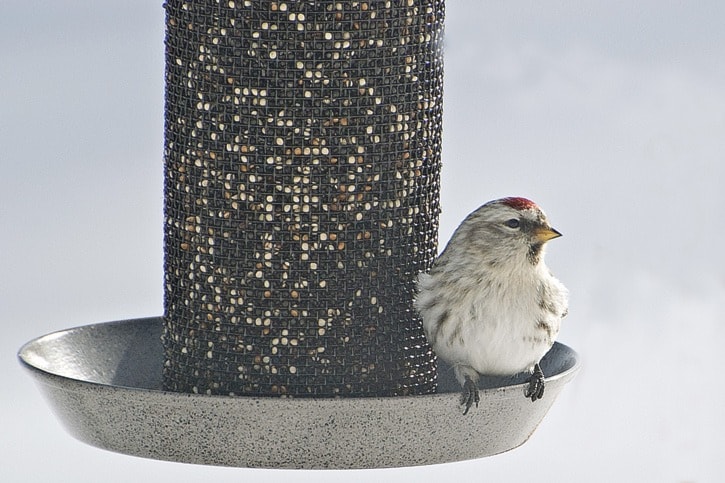Twelve field observers and 10 feeder watchers participated in this year’s 30th annual Fort St. James Christmas Bird Count.
Tuesday Dec. 27 was slightly windy, with temperatures ranging from minus six to minus one degree Celcius. The Fort St. James count is one of 2,000 conducted all over North America in the two week period around Christmas.
Results are tallied by the Audubon Society, and are used to monitor bird population trends.
This year’s count effort produced two unusual species.
A pair of Eurasian-collared doves has been frequenting feeders down the Stuart River, and is a new species to this count area.
The Eurasian-collared dove is originally native to India, and was first released in the Bahamas in the mid-1970s.
They made their way to Florida and spread quickly across the North American continent. Some of the birds may have been released caged birds.
Reports of Eurasian-collared doves are increasing as the bird watching public is made aware of their presence in North America. Numbers have expanded significantly in B.C. in recent years.
Year-round availability of food allows these doves to thrive in colder regions and the Prince George Christmas Bird Count on Dec. 28 also recorded this species. These doves are very similar in size, behaviour and appearance to mourning doves, a species native to North America.
If you see a dove, do a quick check to see if they have the black collar on the back of the neck.
The second unusual bird spotted this year was an immature male red-winged blackbird, seen between Birch and Ash Street.
A Townsend’s solitaire and a flock of snow buntings were great to see as well. Birds that we generally see every year, but were missed this year include dark-eyed junco, mountain chickadee, song sparrow and American dipper.
Common redpoll numbers were high this year: 558 birds. Small flocks were spotted all over the count circle area. You will notice these birds feeding on small seeds such as birch and alder, as well as sunflower seeds at feeders.
Many thanks to those dedicated birders that help me every year, no matter the weather, particularly those who drive from Prince George or Vanderhoof. I do appreciate it.
Results:
Trumpeter swan: 48
Mallard: 26
Common goldeneye: 49
Barrow’s goldeneye: 3
Common merganser :1
Ruffed grouse: 14
Bald eagle: 2
Northern hawk owl: 4
Downy woodpecker: 26
Hairy woodpecker: 22
Northern flicker: 4
Pileated woodpecker: 4
Brown creeper: 4
Northern shrike: 1
Eurasian collared dove: 2
Gray jay: 8
Red-winged blackbird: 1
Stellar’s jay: 2
Black-billed magpie: 13
American crow: 36
Common raven: 134
Black-capped chickadee: 286
Red-breasted nuthatch: 13
Townsend’s solitaire: 1
American robin: 1
European starling: 12
Bohemian waxwing: 11
Unidentified sparrow: 1
Snow bunting: 60
Pine grosbeak: 125
Common redpoll: 558
Evening grosbeak : 61
House sparrow: 13
TOTAL: 1546 birds
33 species
